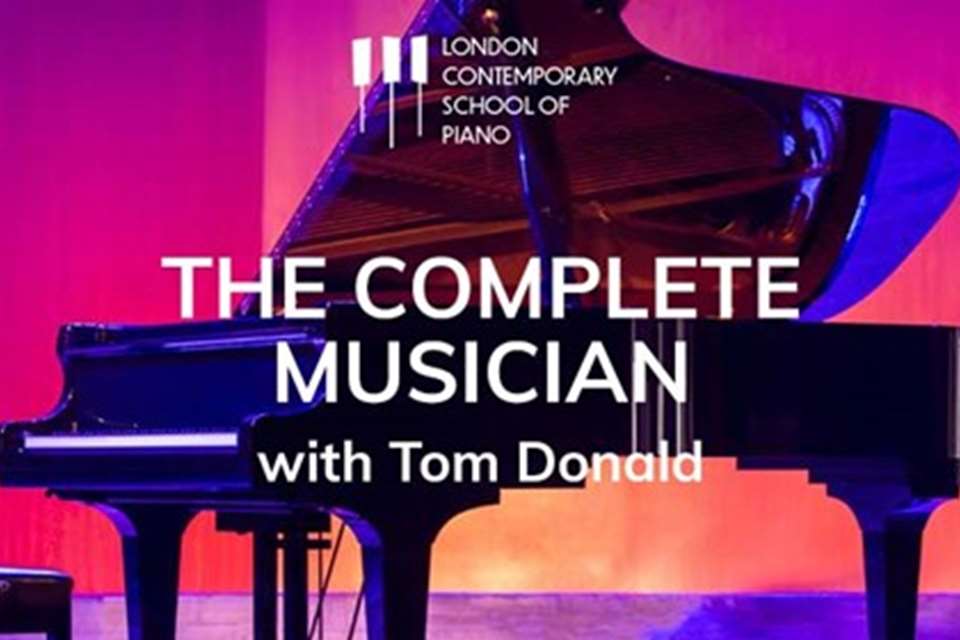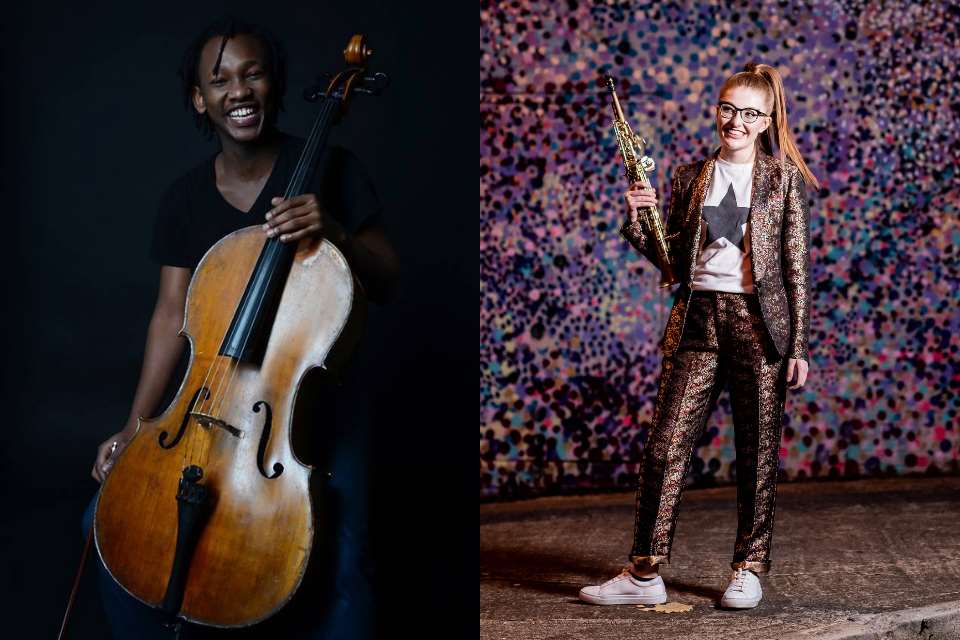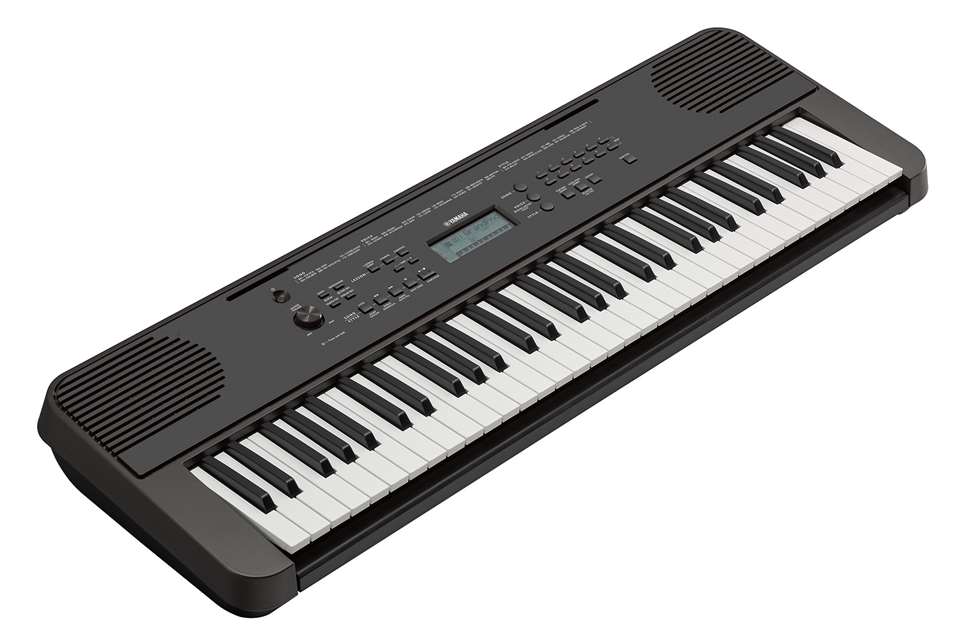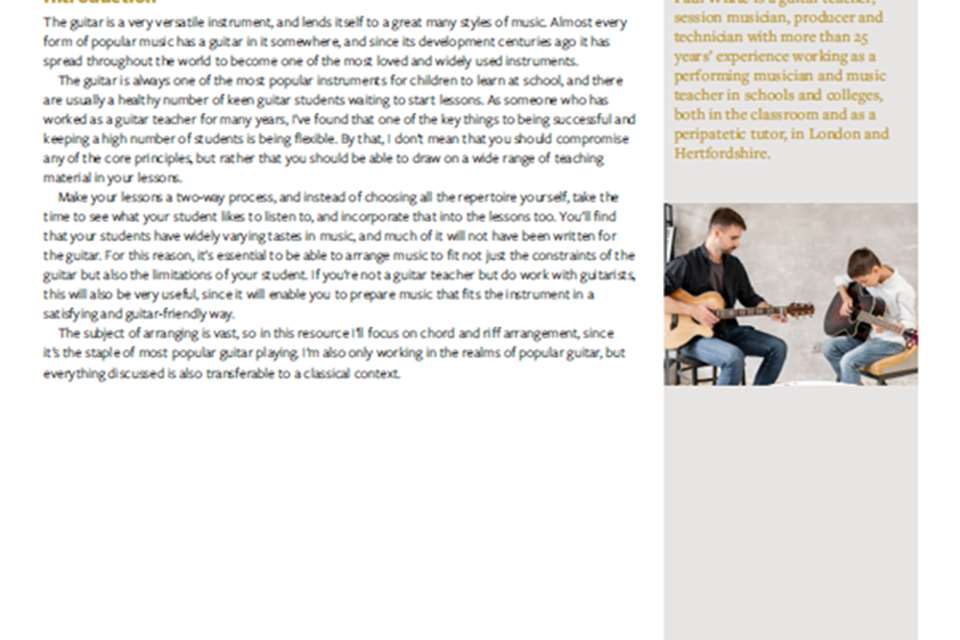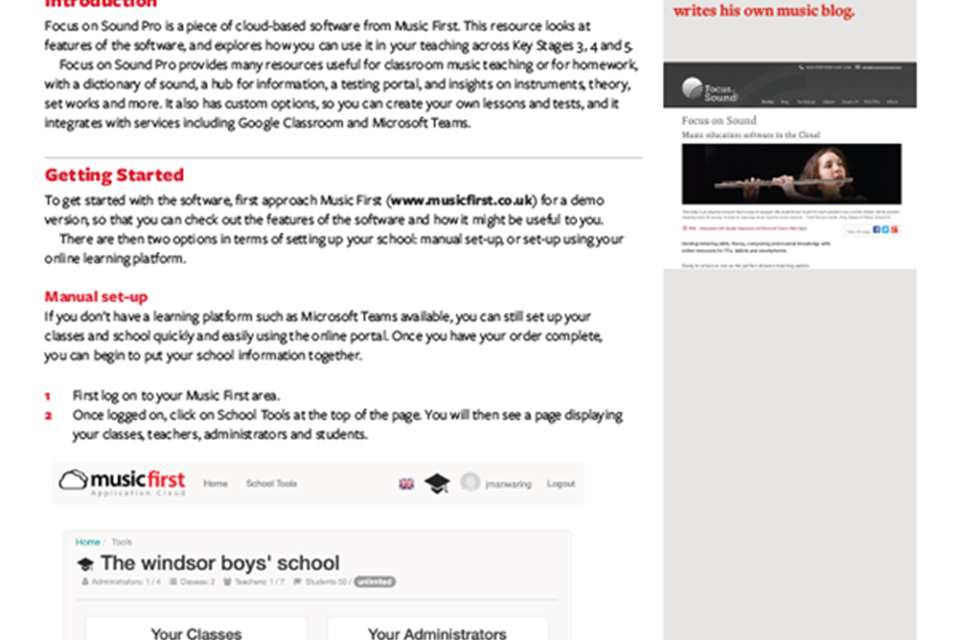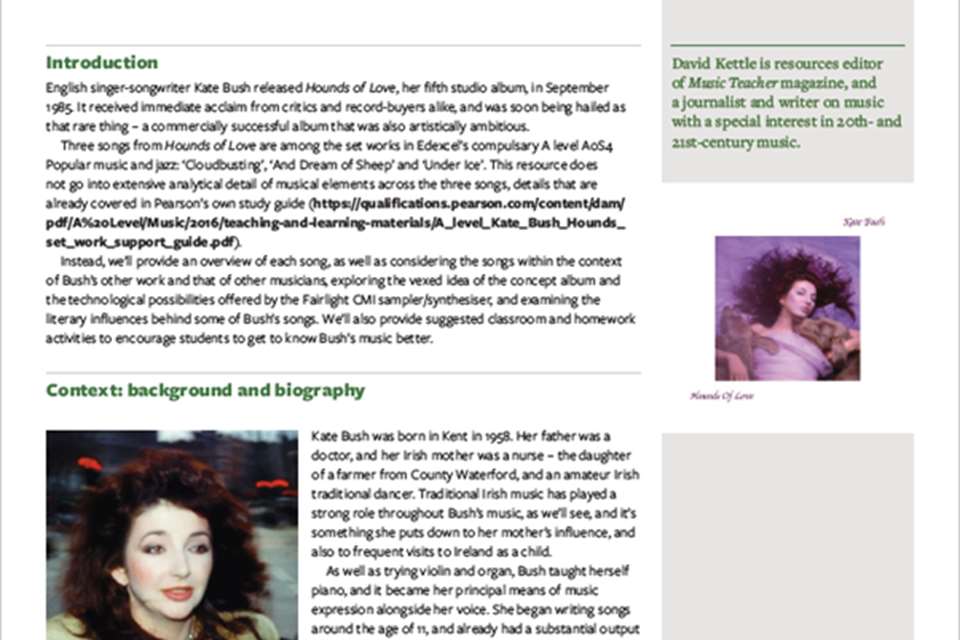A sonic and cultural palimpsest: Indian Brass Bands
Anita Datta
Wednesday, December 1, 2021
The musical culture of Indian Brass Bands has inspired British-based ensemble Bollywood Brass Band to develop a whole class instrumental project. Here, Anita Datta considers how this kind of teaching enables teachers to develop students' playing abilities while introducing them to different traditions of brass and woodwind
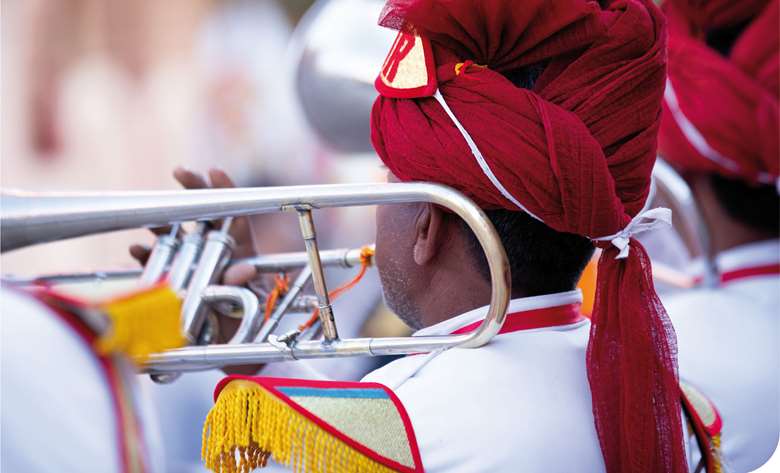
©Adobe Stock / Photgraphielove
The soundtrack to a festive procession: trumpets, trombones, clarinets, saxophones, percussion, a row of bagpipers, a sousaphone. The band marches down the street led by a band master in a uniform of gold and white, twirling a thick black moustache. This is Kolkata, or Mumbai, or any city or township in India. Indian Brass Bands are the musical lynchpin of grand weddings, puja processions, personal celebrations such as the birth of a child, and sometimes even funerals. Perhaps there are dhol drums behind the snares, perhaps a shehnai among the reed section – or perhaps not. In any case, all of these instruments, including those we associate with the Western instrumental tradition, are made in India. So too is the music.
Indian Brass Bands are a peculiar expression of musical and cultural traditions that are characteristically South Asian in their eclectic hybridity. The history of the festive procession was cemented as early as the Mughal era with martial ensembles of natural trumpets and double-reed instruments attached to the royal palaces and shrines of Muslim saints. As the tradition developed, respected dancers from the courtesan and third-gender communities would accompany such processions, a sight that offended the Victorian morals of the British colonial regime. The British military forces brought with them the modern instruments of the European marching band, engaging local musicians as ‘camp followers' to regulate troops on the march and deliver signals during combat. However, as early as 1792, bands playing for Durga Puja celebrations in Kolkata were reported to be fusing ‘English Airs' with ‘Hindustanee songs'. Indian Brass Bands are thus a sonic and cultural palimpsest more than two centuries in the making.
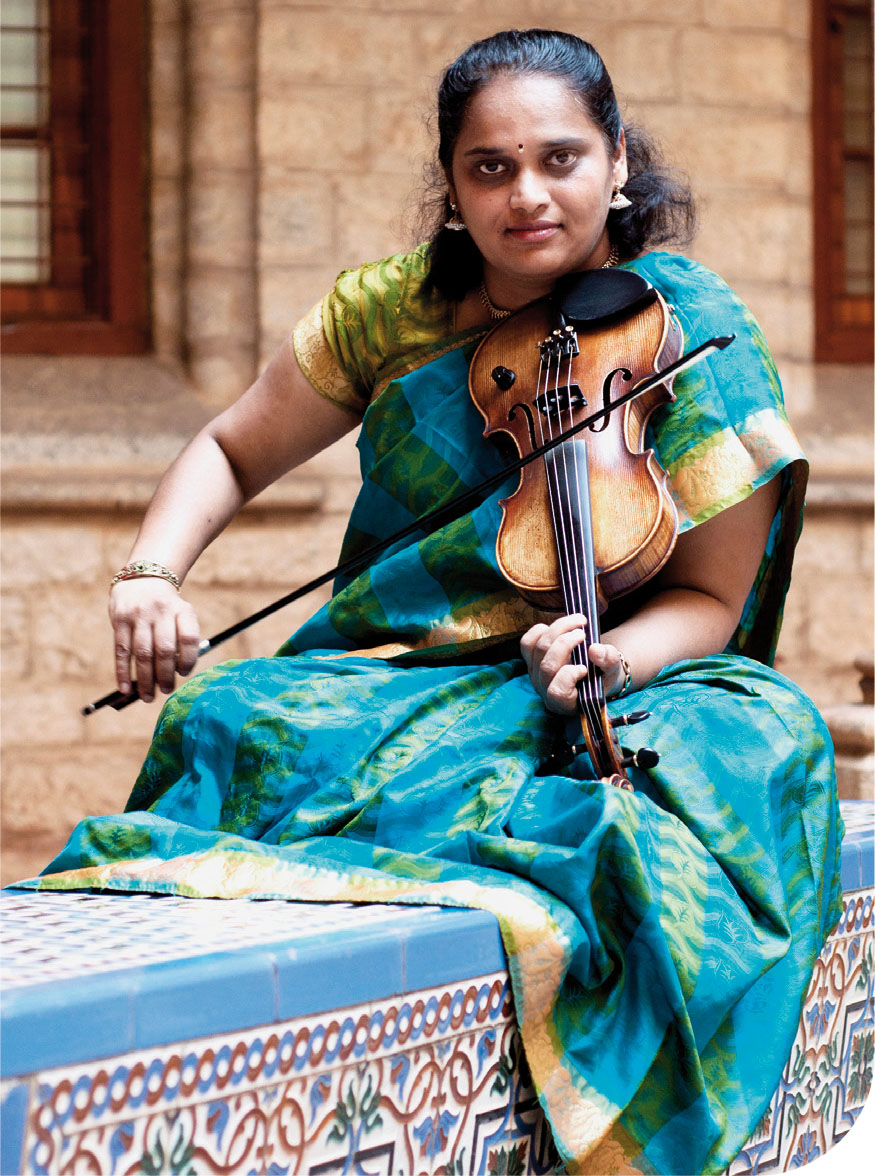 Jyotsna Srikanth
Jyotsna Srikanth
Courtesy Bollywood Brass Band
In 1990, ethnomusicologist Gregory Booth estimated that each city in India hosted between 80–100 concert bands with vast repertoires including popular Indian film songs, regional folk melodies, with the occasional Western pop hit in among the mix. Players might be born into musical families and have some awareness of Indian Classical traditions and techniques. Their training is specific to the Indian Brass Band form, which persists, incorporating new trends and tastes in popular music into their existing playlists of filmi classics.
Performers play in a kind of ‘heterophony’, with most musicians playing the same melody simultaneously. The strophic nature of the film songs such bands perform may be exploited structurally to showcase soloists' improvisations in between repetitions by the whole corps together. According to Booth's research, harmony is not so strong a feature of the repertoire performed by Indian Brass Bands as in the British equivalents that we might be familiar with. This is an observation that aligns with the author's personal experiences of such bands during puja festivities in Kolkata and wedding celebrations in Mumbai. The techniques employed by Indian concert band musicians may also reflect techniques of melodic decoration drawn from Indian classical or folk music traditions. Pitch-bending, sliding between notes, distinctive deployment of trills and rhythmic play are within the toolkit of the best Indian brass and concert band players.
Heterophony: Whole class brass
Kay Charlton is a classically trained trumpet player and a dedicated teaching musician. In 1992, at an International Street Festival in Greenwich, she found herself, alongside other English colleagues, playing in among one of India's best known wind ensembles, the Shyam International Brass Band. Charlton and her colleagues transcribed the melodies on which the Shyam band members were improvising, and after this experience formed the Bollywood Brass Band, which went on to perform internationally and record six CDs to date.
Charlton is passionate about instrumental teaching, and the Bollywood Brass Band established the Bollywood Brass Academy in 2017. The principle builds upon the basic form and texture of the Indian Brass Band, which relies less on harmonically interlocking parts and more upon a melody-focused heterophony. This model lends itself well to whole class instrumental teaching, a form of musical education on which Charlton has published a handbook with Collins Music. Building on the success of Bollywood Brass Academy's earlier projects, the organisation has been awarded substantial Arts Council Project grants to develop a large-scale national whole class instrumental project, which will reach its conclusion in performances in Yorkshire, Birmingham and Kent.
This large-scale education project, entitled Carnatic Connections, has been developed in association with celebrated South Indian violinist Jyotsna Srikanth who is well known for her contribution to the continuing development of Fusion music. In addition to a programme of Indian film songs, the programme includes four new pieces created by members of the Bollywood Brass Band in association with Srikanth, who contributed musical and programming ideas over Zoom during the pandemic. The Bollywood Brass Band has created and distributed simplified parts for young musicians of different levels of ability. The group is providing training to teachers on how to deliver instrumental instruction to entire classes based upon these resources, building up towards amassed performances coordinated through music hubs in various regions across the UK.
The programmes developed by the Bollywood Brass Band Academy represent an interesting model for those teachers who are considering trying Whole Class Ensemble Teaching (WCET). This approach does what it says on the tin, putting an instrument into the hands of every student and using group teaching methods to teach them to play a melody. It is an approach more often seen with guitars and keyboards, but the Bollywood Brass Band Academy's resources model the ways in which children's existing knowledge can be built on to apply WCET to brass and woodwind instruments as well. The final performances resulting from the Carnatic Connections project will give students across various regions the opportunity to perform in professional venues alongside professional musicians. Charlton and her colleagues hope that this experience alone will inspire students to want to pursue instrumental learning. Indeed, the entire project is conceived around three core aims: to inspire children to learn an instrument, to help them develop on their chosen instrument, and to ignite within them the desire to continue learning their instrument outside of classroom-based programmes.
Another distinctive feature of the Academy's resources is their mutual compatibility. Rather than building stretch and challenge in through extensions (more bars of music to learn), students of different abilities are co-taught through simultaneous teaching of different versions of the same piece which can be played together heterophonically. The result is ensemble playing that delivers accessibility and challenge and can be realistically achieved in a whole class teaching situation.
 Nick Cattermole
Nick Cattermole
Bollywood Brass Band in Udaipurph
Indian Brass and Woodwind Playlist
Anita Datta has created a Spotify playlist featuring a selection of tracks by Indian Brass Bands, jazz artists of Indian origin, and the Bollywood Brass Band. https://spoti.fi/3ou3dt9
Indian brass and woodwind playing
It goes without saying that part of the appeal of the Bollywood Brass Band Academy's WCET programmes is their incorporation of up-beat, fun melodies from the Indian subcontinent. These tunes may be new to some students, but to others they will be firm favourites and the soundtrack to weddings and parties in their own communities. While Indian Brass Bands that play for pujas may not always be the most technically advanced, the cultural and somatic place they occupy in the South Asian psyche is one of excitement, joy and celebration. Incorporating music from this and other traditions into classroom music teaching is one way to introduce young learners to musical cultures of the world in authentic and culturally sensitive ways.
The syncretic form of the Indian Brass Band lends itself as a point of entry for students who are ready to explore new playing techniques and global musical traditions on their instruments. So too is jazz, where artists such as Arun Ghosh and Idris Rahman have brought together the improvisational forms of Indian traditional music and Western jazz with India's own rich jazz tradition in their award-winning albums. The programmes of the Bollywood Brass Band Academy show how schemes of work may be developed around existing performance traditions to develop both the students' technical proficiency on their instruments and their awareness of how that instrument is used in different cultural contexts.
Kay's top tips for WCET
Kay Charlton has literally written the book on whole class instrumental lessons. Here are her top tips for developing schemes of work for WCET projects:
- Planning is crucial – where do you want your pupils to be by the end of their WCET programme? Plan to meet goals at the end of each term and break it down into weekly lesson plans.
- Keep a register with a simple record of achievement so that you can assess children's progress over the programme.
- Be a reflective practitioner – what is working well, what needs tweaking in order for your pupils to make progress?
- Most of all, make your lessons fun with a variety of pace and activities to keep children engaged, whatever their ability on the instrument.


